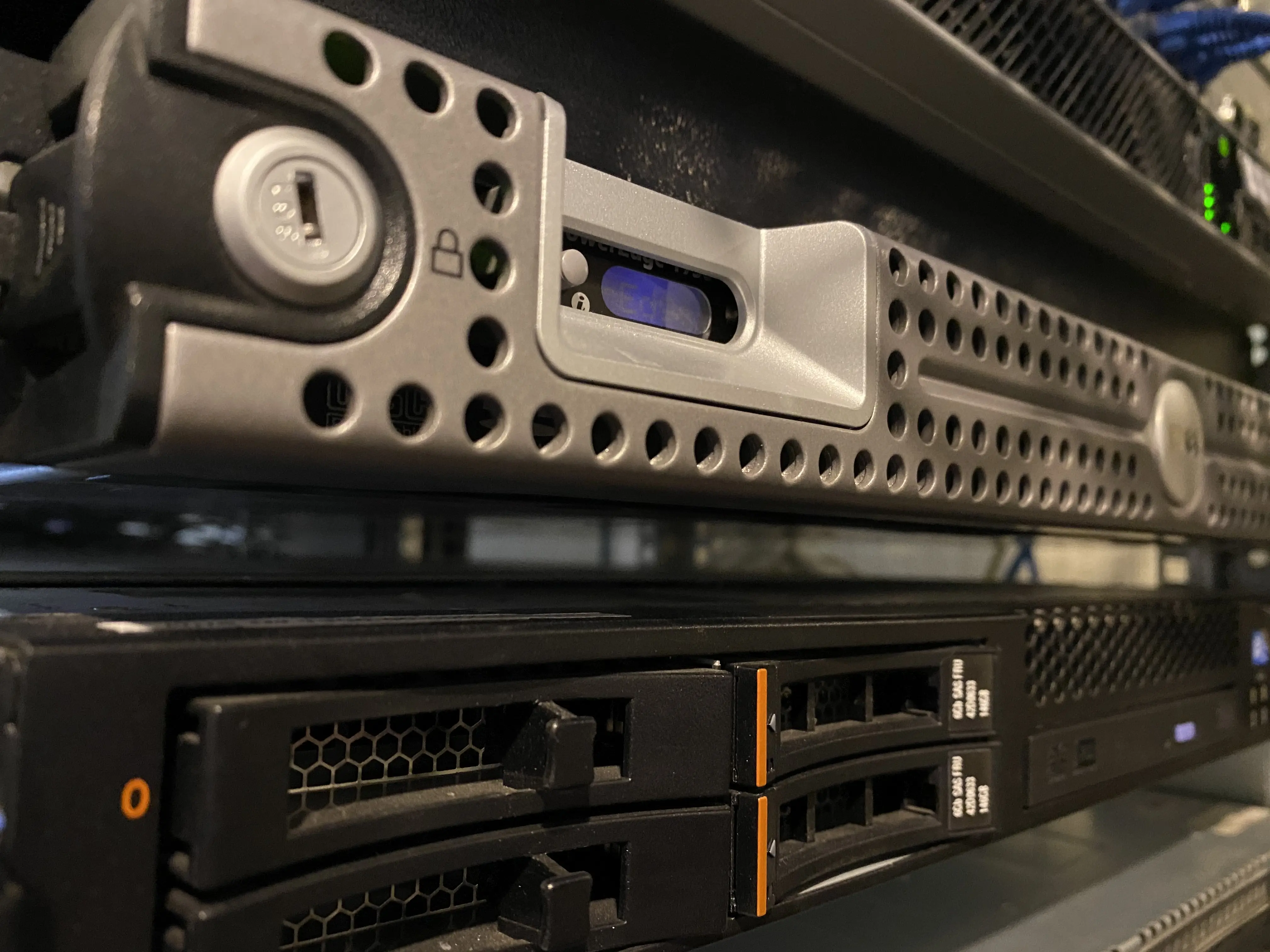
TekkioMesh: Smart Navigation for Your Workloads

Smart Navigation for Workloads
Have you ever used a smart navigation app like Google Maps or Waze? Then you know how convenient it is to get the best route without having to think about it. You type your destination, and the app checks traffic, finds the best route, and even reroutes you if there’s an accident ahead – making sure you get where you need to be quickly and safely.
That’s basically what TekkioMesh does for workloads.
Think of it this way: your destination is the workload itself, the app or service that needs to process the request. The different routes you could take are the nodes in your cluster – multiple ways to reach the same place. Sometimes, traffic or roadblocks like node failures, heavy loads, or maintenance – pop up unexpectedly. That’s where TekkioMesh comes in. Like a smart navigation system, it constantly checks the conditions and makes sure every request takes the best possible route. And just like Waze, if something changes along the way, TekkioMesh adjusts instantly without you noticing it.
Simplifying the Routing System
Most platforms use loads of different tools like external load balancer, ingress controllers, DNS tricks, and sometimes even third-party services to make sure every client request lands where it should. Although this system works, it’s complex, heavy and needs constant checking.
TekkioMesh takes a different approach, it simplified the process by combining all those tools into one single system, ideal for the limitations of edge environments. Every incoming request is evaluated in real time. The system checks node health, workload demand, and network conditions to decide where to send the request for the best performance. If a node gets overloaded or goes offline, TekkioMesh reroutes instantly, keeping services responsive without manual intervention.
Scaling and Resource Management
At the same time, it monitors resource usage so it can scale workloads up and down as needed, ensuring efficient use of the edge resources. It also handles SSL so your apps don’t have to manage encryption themselves.
Beyond HTTP and HTTPS
But TekkioMesh isn’t just about routing and scaling, it’s designed to handle a lot more. Managing standard HTTP and HTTPS traffic for containers is just the beginning, it can also forward almost any TCP and UDP port, so you’re not locked into just web apps. And because Tekkio itself supports mixed workloads, TekkioMesh can also manage connections to virtual machines, making it a versatile solution for environments that need to handle diverse workloads.
Efficient and Secure
And since everything happens within a single lightweight solution, the decision-making process is faster and more efficient without adding extra latency. It also makes the environment inherently more secure since there are fewer tools that lessens the potential area for vulnerability.
Designed for Edge Environments
In most environments, flexibility is key. They need to handle any workload at the highest possible performance, so they combine together multiple tools to make it happen. Tekkio takes a simpler route. Since it’s designed specifically for edge environments where the loads are lighter, it can bring routing, scaling, and security together in a single, efficient system, that is TekkioMesh.
Edge environments don’t need to compete with massive data centers, they need to be simple, reliable, and easy to manage. By routing traffic through a unified system, TekkioMesh cuts down on unnecessary complexity. With fewer tools to think of, you reduce the attack surface, simplify monitoring and troubleshooting, and make the entire environment more resilient. That means a set-up that’s more secure, runs smoother, and gives you more time to focus on improving workloads instead of managing different tools.

October 01, 2025

September 01, 2025

September 25, 2025
TekkioMesh: Smart Navigation for Your Workloads

Smart Navigation for Workloads
Have you ever used a smart navigation app like Google Maps or Waze? Then you know how convenient it is to get the best route without having to think about it. You type your destination, and the app checks traffic, finds the best route, and even reroutes you if there’s an accident ahead – making sure you get where you need to be quickly and safely.
That’s basically what TekkioMesh does for workloads.
Think of it this way: your destination is the workload itself, the app or service that needs to process the request. The different routes you could take are the nodes in your cluster – multiple ways to reach the same place. Sometimes, traffic or roadblocks like node failures, heavy loads, or maintenance – pop up unexpectedly. That’s where TekkioMesh comes in. Like a smart navigation system, it constantly checks the conditions and makes sure every request takes the best possible route. And just like Waze, if something changes along the way, TekkioMesh adjusts instantly without you noticing it.
Simplifying the Routing System
Most platforms use loads of different tools like external load balancer, ingress controllers, DNS tricks, and sometimes even third-party services to make sure every client request lands where it should. Although this system works, it’s complex, heavy and needs constant checking.
TekkioMesh takes a different approach, it simplified the process by combining all those tools into one single system, ideal for the limitations of edge environments. Every incoming request is evaluated in real time. The system checks node health, workload demand, and network conditions to decide where to send the request for the best performance. If a node gets overloaded or goes offline, TekkioMesh reroutes instantly, keeping services responsive without manual intervention.
Scaling and Resource Management
At the same time, it monitors resource usage so it can scale workloads up and down as needed, ensuring efficient use of the edge resources. It also handles SSL so your apps don’t have to manage encryption themselves.
Beyond HTTP and HTTPS
But TekkioMesh isn’t just about routing and scaling, it’s designed to handle a lot more. Managing standard HTTP and HTTPS traffic for containers is just the beginning, it can also forward almost any TCP and UDP port, so you’re not locked into just web apps. And because Tekkio itself supports mixed workloads, TekkioMesh can also manage connections to virtual machines, making it a versatile solution for environments that need to handle diverse workloads.
Efficient and Secure
And since everything happens within a single lightweight solution, the decision-making process is faster and more efficient without adding extra latency. It also makes the environment inherently more secure since there are fewer tools that lessens the potential area for vulnerability.
Designed for Edge Environments
In most environments, flexibility is key. They need to handle any workload at the highest possible performance, so they combine together multiple tools to make it happen. Tekkio takes a simpler route. Since it’s designed specifically for edge environments where the loads are lighter, it can bring routing, scaling, and security together in a single, efficient system, that is TekkioMesh.
Edge environments don’t need to compete with massive data centers, they need to be simple, reliable, and easy to manage. By routing traffic through a unified system, TekkioMesh cuts down on unnecessary complexity. With fewer tools to think of, you reduce the attack surface, simplify monitoring and troubleshooting, and make the entire environment more resilient. That means a set-up that’s more secure, runs smoother, and gives you more time to focus on improving workloads instead of managing different tools.

October 01, 2025

September 01, 2025

September 25, 2025